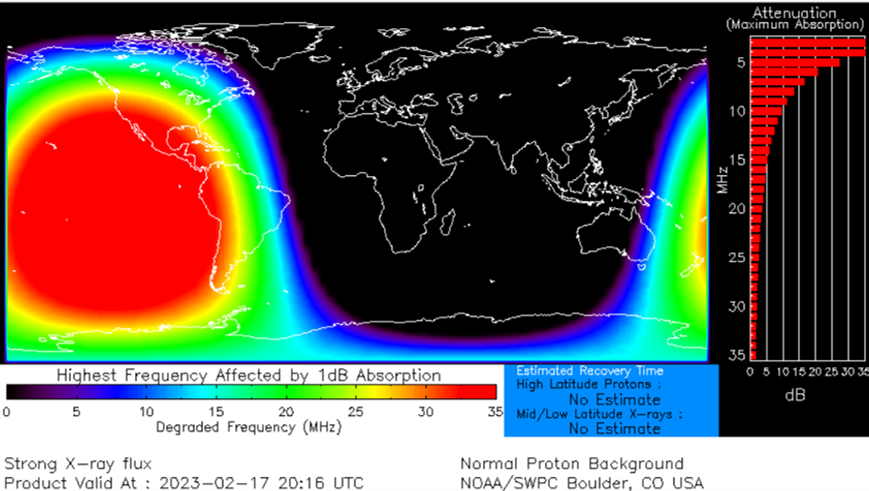A minor update has been added to the text to include the SOHO observations.
The magnetically complex active region NOAA 13229 produced an X2.2 flare peaking on 17 February at 20:16 UTC. This was a long duration event, lasting 72 minutes. At the time of this writing, neither GOES or STEREO-A have observed an enhancement in the proton flux. Imagery underneath shows the active region in white light image (left) and magnetogram (right).
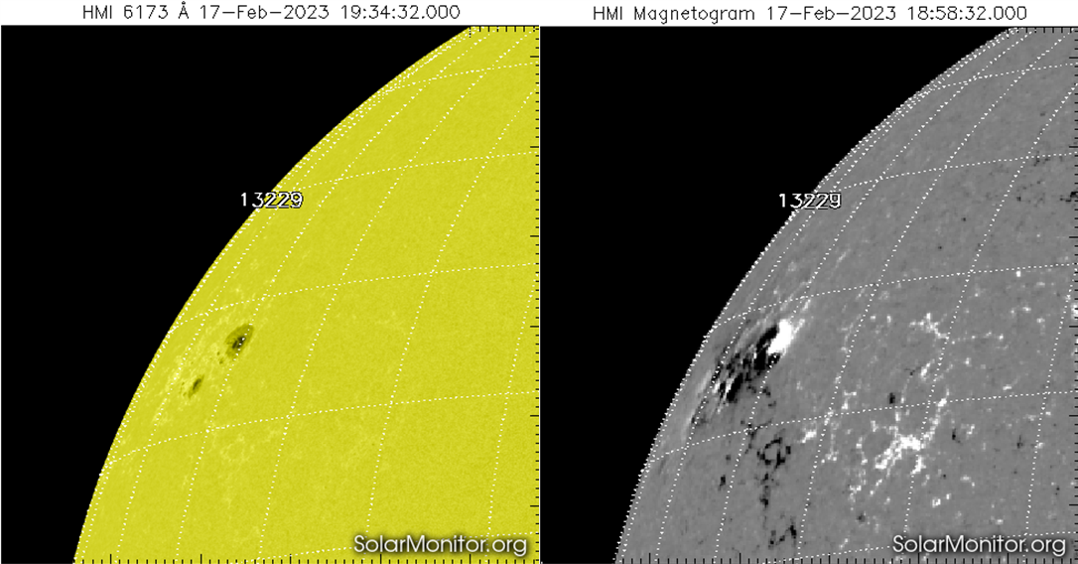
The imagery underneath shows a side-by-side view of the eruption as seen in extreme ultraviolet (EUV) by SDO/AIA 094 (multi-million degrees) and by SDO/AIA 193 (1.25 million degrees). The blooming and diffraction patterns in the EUV images are image artefacts, not related to the flare - See this STCE newsitem for more info. The AIA 094 imagery shows post-eruption coronal loops and a cusp (the "flame-like" structure), whereas the AIA 193 images especially show some coronal dimming ("darkening" to the upper right of the flare) as well as a coronal wave to the southwest ("lower right"; also known as "EIT wave" - more info in this STCE newsitem). These features can also be seen using the Solar Demon tool (SIDC).
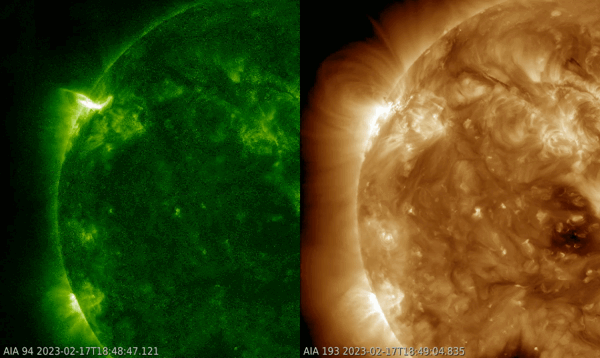
A Type II radio burst has been reported by the Radio Solar Telescope Network (RSTN ; NOAA/SWPC event reports). Together with the observed EUV features, they are indicative of a coronal mass ejection (CME). This CME has been observed by the coronagraphs on board of STEREO-A and SOHO. Preliminary analysis gives a CME speed of at least resp. 1150 km/s (plane-of-the-sky; J-plot) and 900 km/s (CACTus). This halo CME has an earth-directed component, but the bulk of the CME is certainly directed away from Earth. A full analysis by the SIDC forecasters is ongoing.
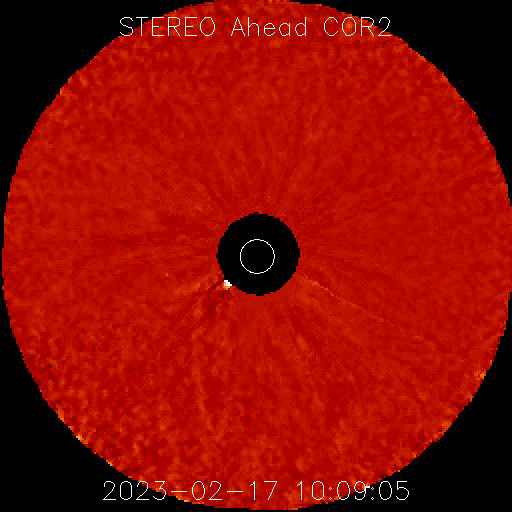
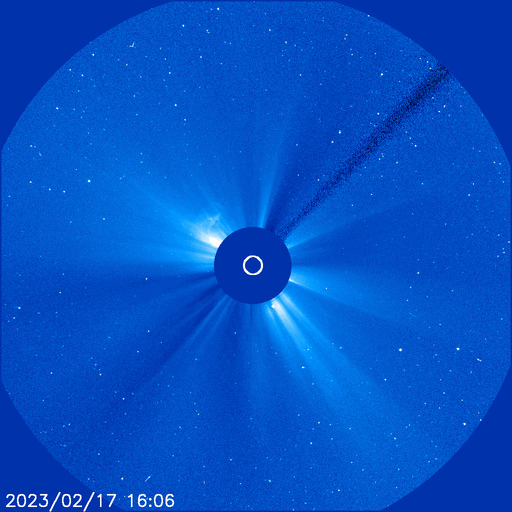
Due to the timing of the flare, the daily solar radio flux as measured in Penticton (BC, Canada) at 20 UTC was affected, reaching a value of 343 sfu well above its current daily values around 165 sfu. The event was thus a Tenflare (550 sfu), and enhanced radio emissions were also observed at other wavelengths including GNSS (RSTN ; NOAA/SWPC event reports). The map underneath (D-RAP) shows that the soft-ray and EUV emission from this flaring event may have resulted in a radio black-out affecting HF radio communications over mainly over Pacific, Central-America, and the western portion of South-America. Advisories for civil aviation have been issued (PECASUS , ACFJ). Magnetometer stations in e.g. Honolulu and Tucson (Intermagnet) reported a weak solar flare effect ("magnetic crochet"; more info) of about 10 nT. Further flaring from this active region remains possible over the next few days, with then an increased likelihood on more pronounced space weather effects.
